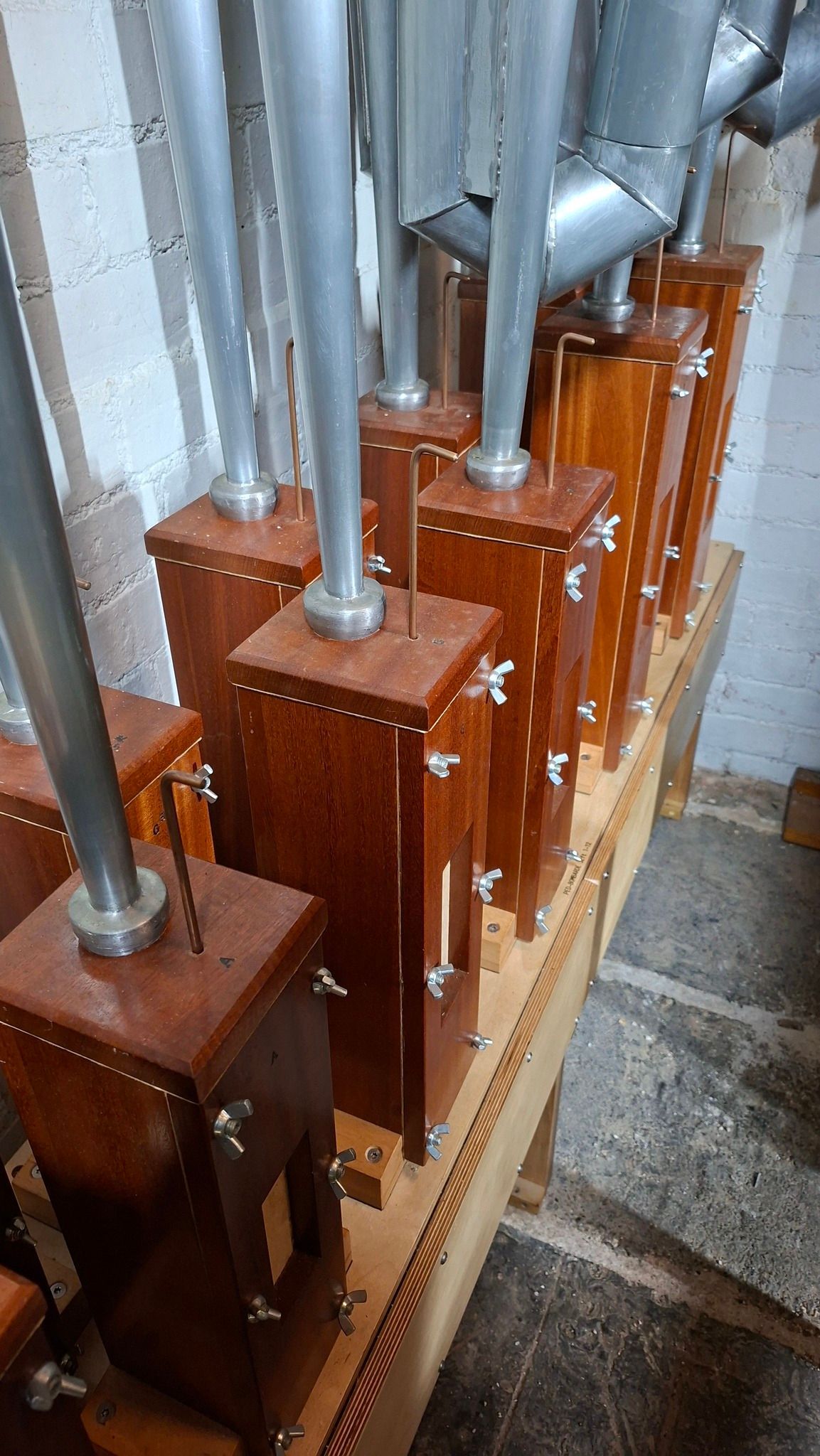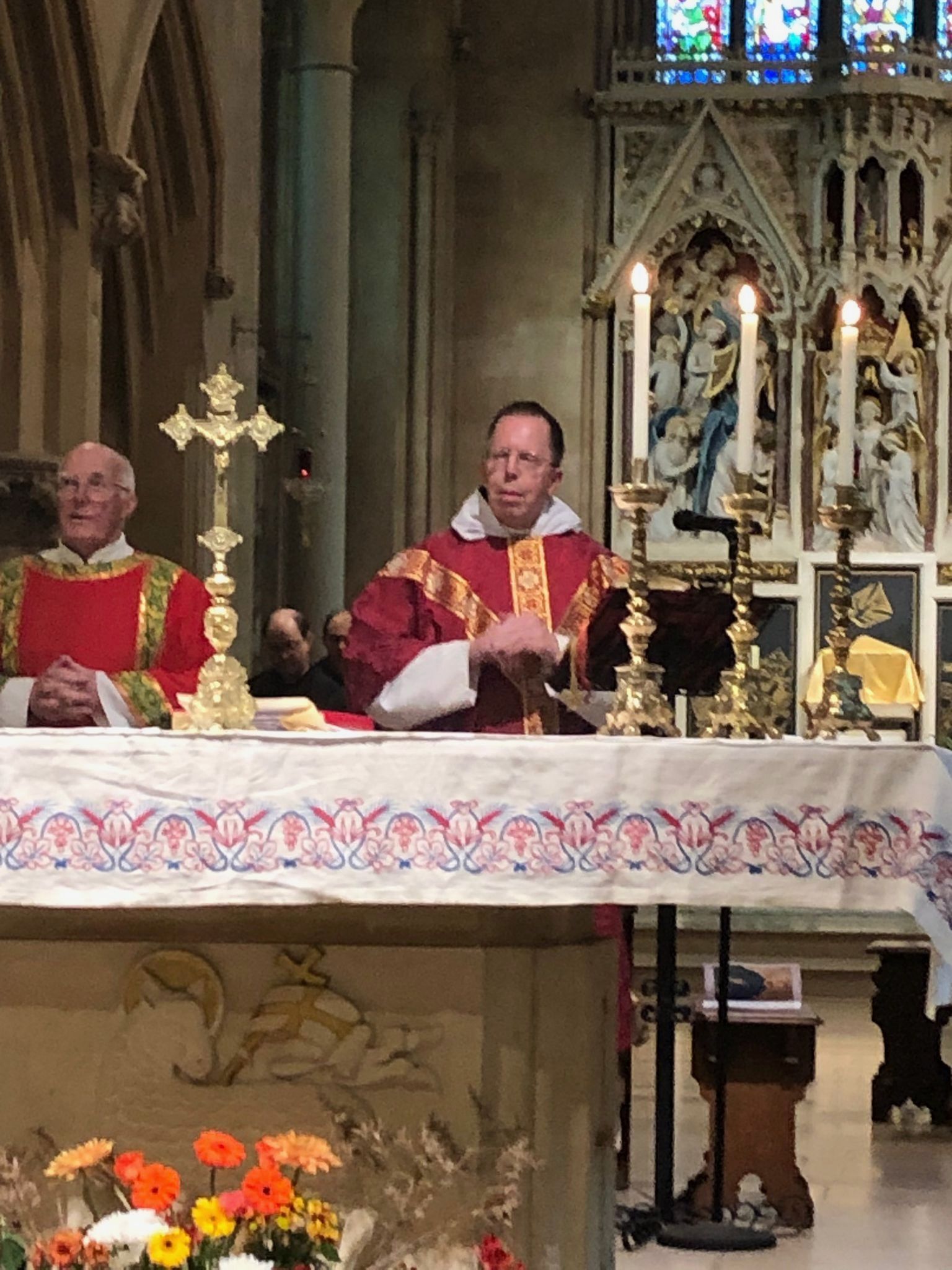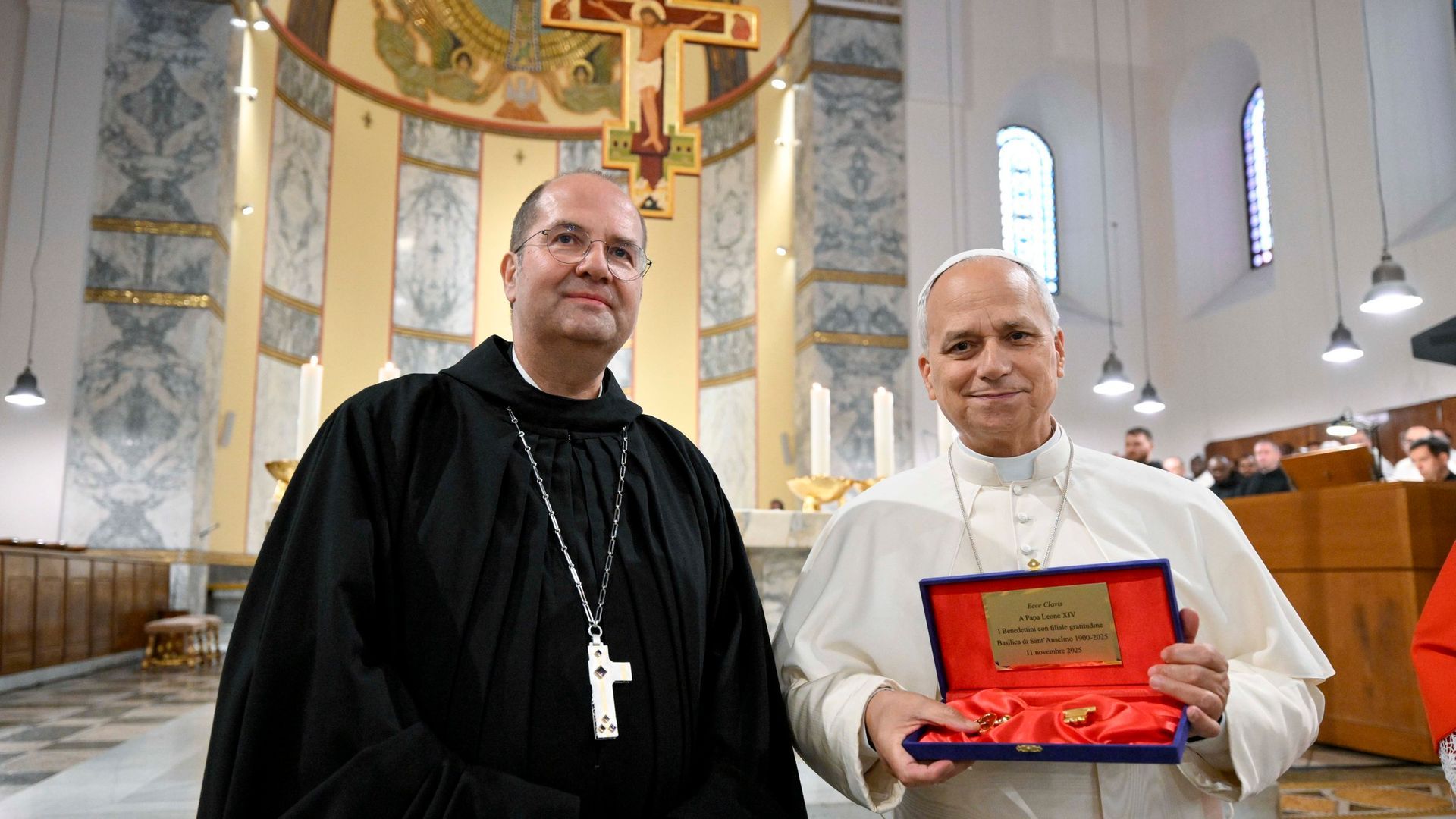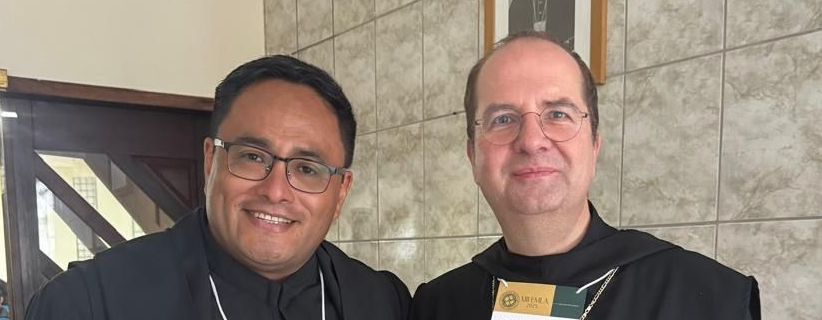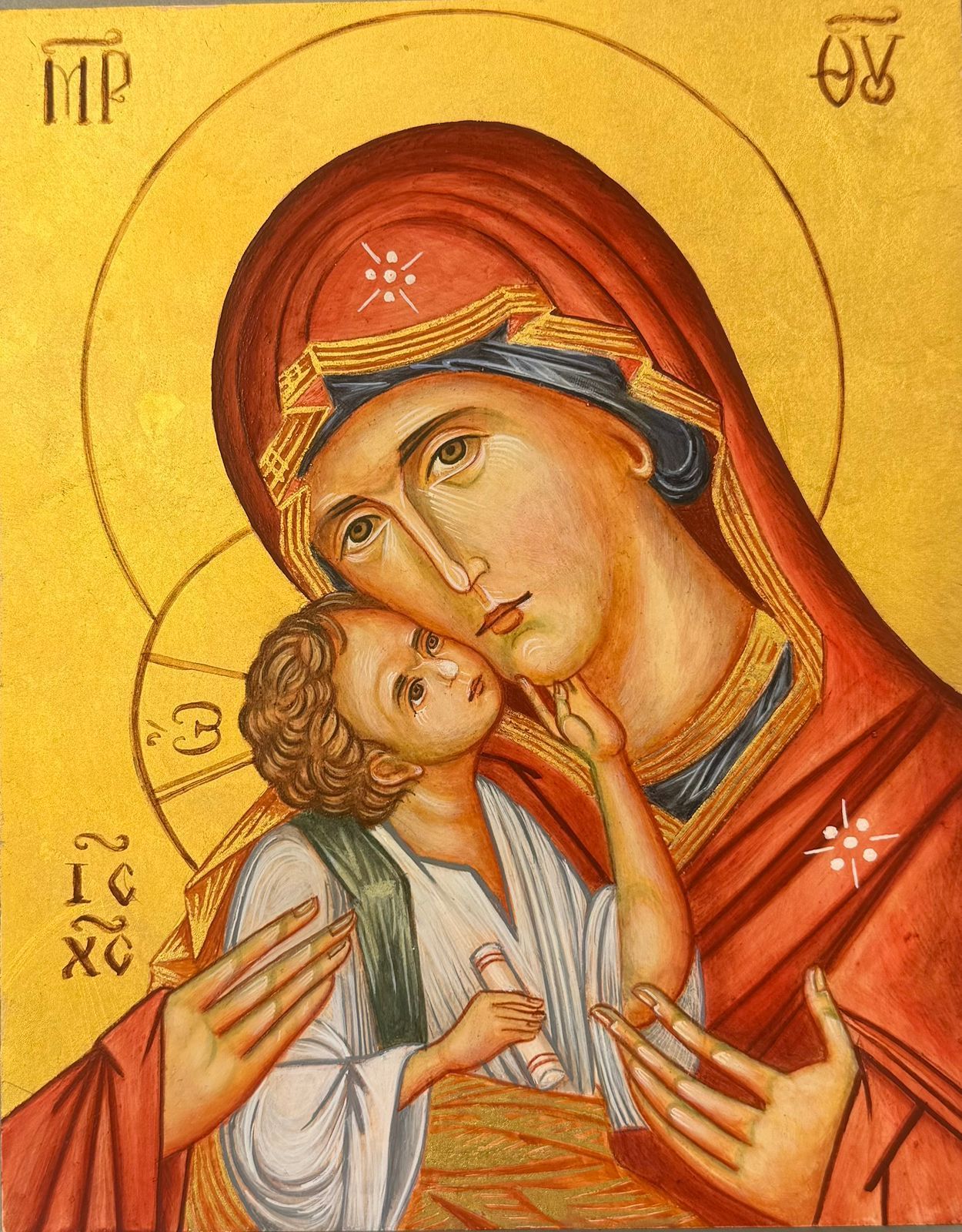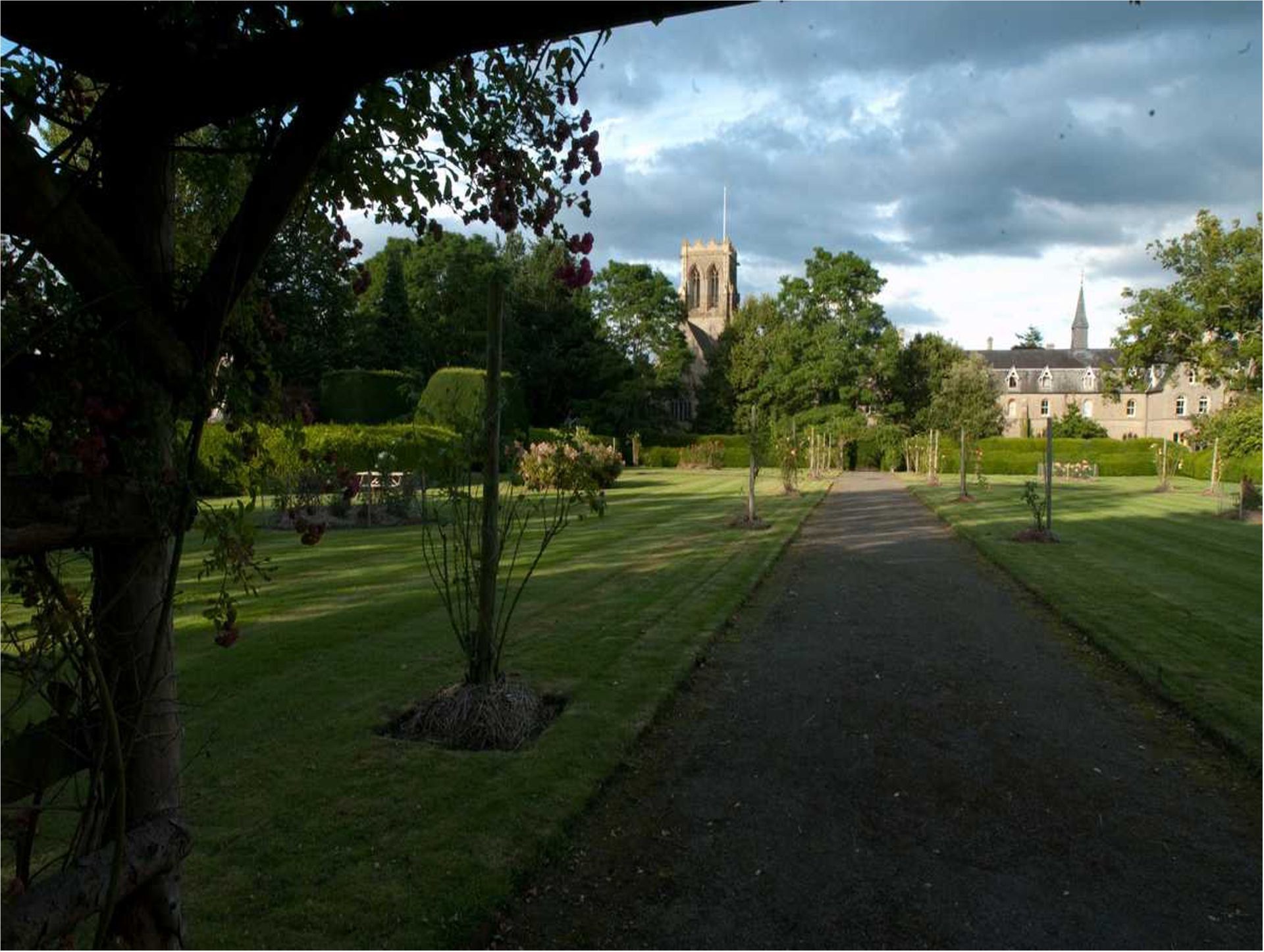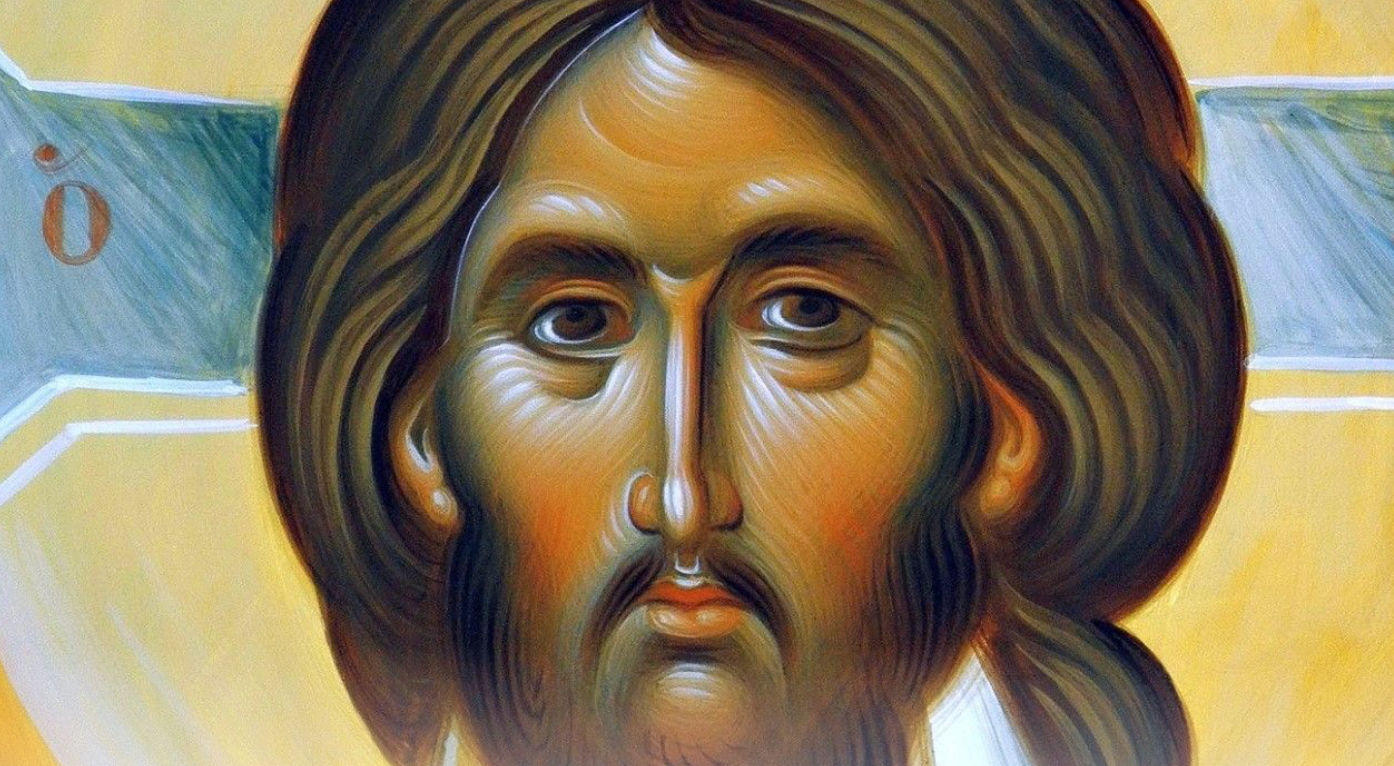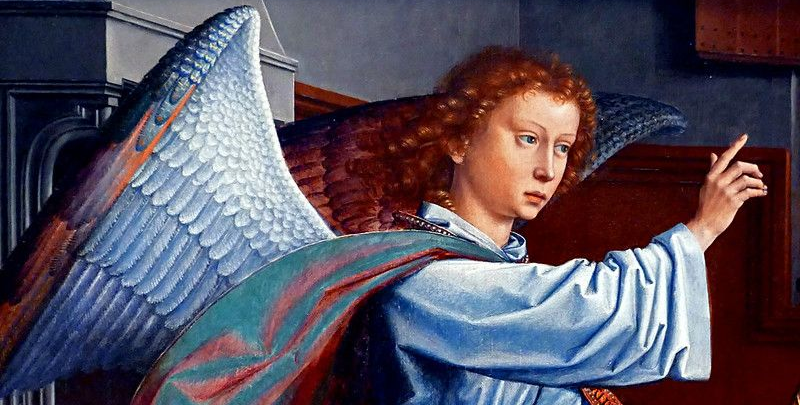Prayer for Ukraine
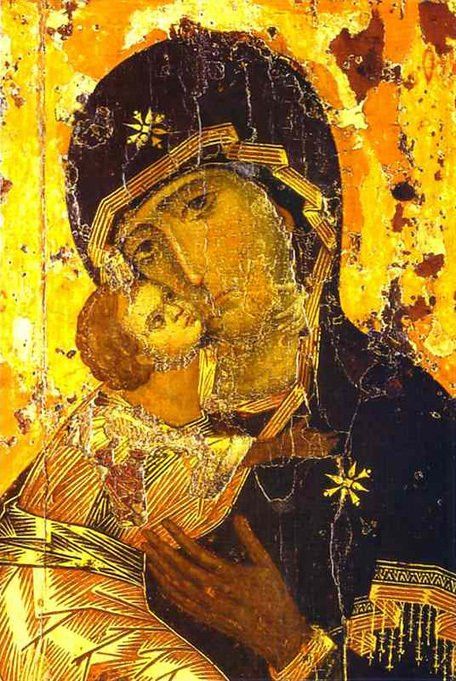
PRAYER FOR UKRAINE
Mary, Our Lady of Kiev, Mother of God,
We ask you to intercede for the people of Ukraine,
For their government, and all who suffer as a result of war.
Be with them as you stood beside your Son,
Suffering on the Cross at Calvary.
Give them strength and courage
Through faith, hope and justice.
May we, in our turn,
Support them through prayer and generosity
That human lives may be saved,
That the injured may be healed,
That the dead may rest in peace,
That there will be peace after war.
Amen.
DONATIONS FOR UKRAINE
A number of parishes have asked how best to make donations to relieve suffering in Ukraine. The most immediate way is to support the CAFOD emergency appeal Ukraine crisis.
As a UK charity, CAFOD can collect Gift Aid on the donations of parishioners. It is also part of the Disasters Emergency Committee. The UK Government has committed to match fund public donations through the Disasters Emergency Committee appeals up to £20 million. www.cafod.org.uk
The Lenten Alms collected throughout the Archdiocese of Cardiff will this year be allocated to the Ukraine Relief Fund.
THE ICON
THE MOST FAMOUS ICON in the world is probably the Virgin of Kyiv, which was made by a Byzantine artist about the year 1132 for Prince Mstislav(1125-1132) of Kyiv. Mstislav, the son of King Volodymyr Monomakh (1113-1125), of Kyiv Rus, decided to build a church in Vyshorod, near Kyiv, for which the foundation stone was laid in 1132. He commissioned an icon of the Virgin and Child from Byzantium. The icon's beauty and importance were fully realized by the Kyivans as two historical chronicles, the Laurentian and Hypatian, noted.
Our Lady of Kyiv, which arrived in Ukraine about 1134, is a masterpiece comparable for its beauty and psychological depths to the Mona Lisa. This religious painting, by a Greek, probably reflected the taste of the Kyiv royal family and is the first great work in the Kyivan or Ukrainian school of icons.
Ukrainians usually call the icon the Virgin of Vyshorod, while the Russians call it the Virgin of Vladimir. The reason is that Prince Andrew Bogolubsky removed the treasured icon in 1155 or 1164 to his northern city of Vladimir before he destroyed Kyiv. Some Ukrainian historians consider this the first attack of the nascent Russian nation (Suzdalia) on Ukraine.
This icon displays an animated face, and the great tenderness of the Virgin for her child, which was very unusual for the strict code of icon painting in its day. The Virgin's head, touching the baby, is a gesture of such deep affection that, iconographically, it is described by the word "tenderness". It has a profoundly Slavic spirit and set the standard for Ukrainian icon painters, which has never been surpassed. The Virgin is an individual as well as a symbol of motherhood.
Fate has preserved the icon through centuries of war, although the faces and some background are all that survived 800 years. In 1395 it was taken from Vladimir to Moscow and is now in the Tretyakov Gallery there. The original icon measures 78.1 x 54.6 cm.
The Virgin of Kyiv is an important work of world art and a treasure of the Ukrainian cultural heritage.

